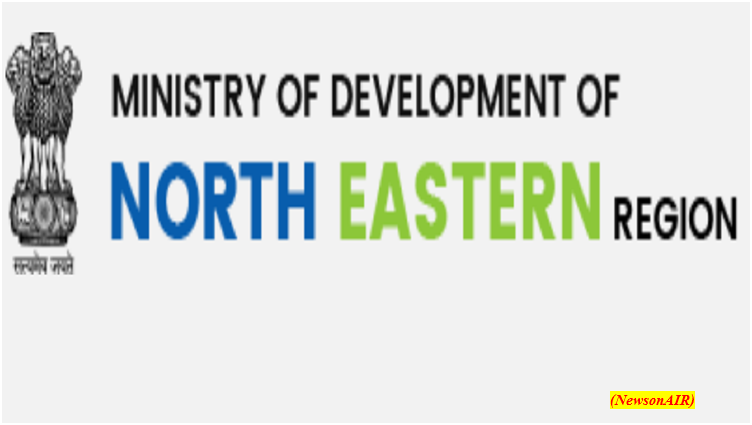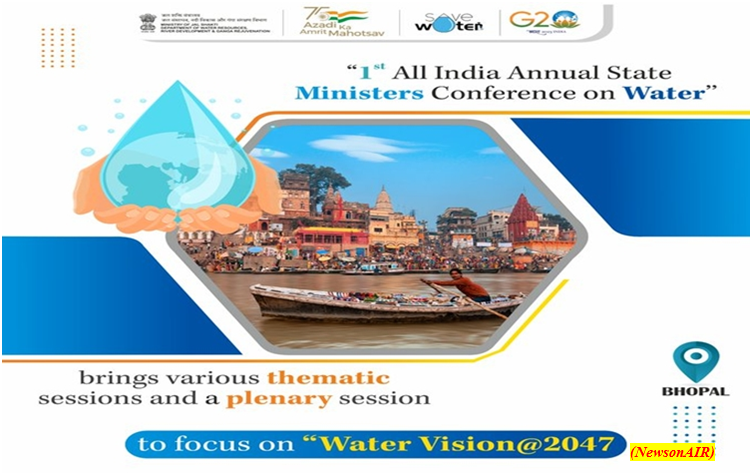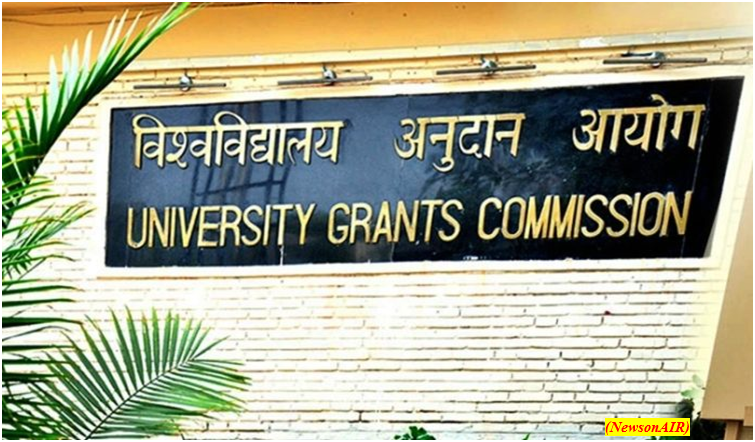Cabinet approves continuation of Schemes of Ministry of Development of North Eastern Region (GS Paper 2, Governance)

Why in news?
- The Union Cabinet has approved continuation of Schemes of Ministry of Development of North Eastern Region, with an outlay of ₹12882.2 crore, for the balance period of the 15th Finance Commission (2022-23 to 2025-26).
Outlay:
- Based on the Expenditure Finance Committee (EFC) recommendations, the outlay for the North East Special Infrastructure Scheme (NESIDS) will be Rs.8139.5 crore including committed liabilities of ongoing projects.
- The outlay for ‘Schemes of NEC’ will be Rs.3202.7 crore including committed liabilities of ongoing projects. The outlay for Special Packages for BTC, DHATC and KAATC in Assam is Rs.1540 (BTC- Rs 500 crore, KAATC – Rs 750 crore and old packages of BTC, DHATC & KAATC – Rs 290 crore).
- The NESIDS, a Central Sector Scheme with 100% Central funding, has been restructured having two components – NESIDS (Roads) and NESIDS (Other than Road Infrastructure).
Objective:
- The Ministry’s new scheme “Prime Minister’s Development initiative for the north eastern region - PM-Devine” (with an outlay of Rs.6, 600 crore), has been approved earlier in october-2022 separately, under which larger and high impact proposals under infrastructure, social development and livelihood sectors are taken.
- The objectives of the schemes of the MDoNER is to supplement the efforts of the different Central Ministries & Departments on one hand and the felt needs of the NE Region States on the other, for uncovered development/welfare activities.
- The MDoNER Schemes help provide gap-filling support to the eight North Eastern States as per their felt needs, by taking up projects – e.g., for developing infrastructure to mitigate connectivity and social sector deficits and enhancing livelihood and employment opportunities in the region.
Extension of the approved schemes for the balance of the 15th finance commission period, i.e. upto fy 2025-26, would
- Enable better planning for implementation of the schemes in terms of project selection,
- Front loading of sanction of the projects, and
- Project implementation during the scheme period
Implementation:
- Efforts will be made to complete maximum number of the projects by 2025-26 so that there are minimum committed liabilities beyond this year. Therefore, schemes would have new sanctions in 2022-23 and 2023-24 primarily; while expenditure would continue to be incurred during 2024-25 and 2025-26 focused attention will be given to complete the ongoing sanctioned projects.
Way Forward:
- The Five pillars of the Atmanirbhar Bharat Abhiyan for self-reliant India, namely, Economy, Infrastructure, System, Vibrant Demography and Demand will get a push through the scheme.
1st All India Annual States' Ministers Conference on "Water Vision@2047"
(GS Paper 3, Environment)
Why in news?
- Recently, the 1st All India Annual States' Ministers Conference on "Water Vision@2047" began in Bhopal, Madhya Pradesh.
- The ceremony was followed by a special address by Prime Minister, Shri Narendra Modi via video message wherein PM highlighted the importance of the Conference of Water Ministers of the country.

Objective:
- The objective of the conference is to deliberate on Water Vision for India for the next 25 years i.e., till 2047 as part of the larger plan of India@2047 as envisioned by Prime Minister Modi.
- The forum aims to bring together key policymakers for debating and deliberating on ways to optimally utilise water resources for holistic economic and human development in a sustainable manner.
Key Highlights:
- PM highlighted that water is a state subject as per the Constitution of India and therefore, it is the states' efforts for water conservation that will go a long way in achieving the collective goals of the country.
- The dignitaries launched the National Framework on Reuse of Treated Waste Water, National Framework for Sedimentation Management, Best practices under Jal Shakti Abhiyan: Catch the Rain and inaugurated a sub-portal of ‘Jal Itihas’ under the WRIS portal as part of Azadi Ka Amrit Mahotsav along with an exhibition.
Jal Shakti Abhiyan:
Way Forward:
- India’s water availability of 4,000 BCM through rain, glaciers or international basins, out of which, total harvestable component which is usable is half of this.
- Climate change has changed rainfall patterns with scanty and erratic rainfall which has and continues to negatively impacted this harvestable component.
- Along with climate change, rapid urbanization, increased demand of water and water pollution together have reduced the per capita availability of water from 5000 CM to 1500 CM and by 2047 it might further reduce to 1200 CM and therefore, state must discuss ways to overcome this challenge holistically”.
UGC unveils draft norms to allow foreign universities to set up campuses in India
(GS Paper 2, Education)
Why in news?
- The University Grants Commission (UGC) has announced draft norms for facilitating foreign universities and educational institutions to set up campuses in India which allow them autonomy in determining fees, as well as a 90-day approval process.

Criteria:
- A foreign university with a rank among the top 500 global rankings or a foreign educational institution of repute in home jurisdiction can apply to the UGC to set up a campus in India.
- The application will be considered by a standing committee appointed by the UGC which will submit its recommendations within 45 days after examining the institution’s credibility, programmes offered, their potential to strengthen educational opportunities in India, proposed academic infrastructure.
- Subsequently, within 45 days, the UGC may grant in-principle approval to the foreign institution to set up campuses in India within two years. The initial approval will be for 10 years, which can be extended.
Autonomy to foreign universities:
- Such a campus can evolve its own admission process and criteria to admit domestic and foreign students. It will also have autonomy to decide its fee structure, and will face no caps that are imposed on Indian institutions. The fee should be “reasonable and transparent”.
- It will also have autonomy to recruit faculty and staff from India and abroad. The courses to be offered cannot be in online and open and distance learning mode.
- The qualifications awarded to the students on the Indian campus should have equivalence with those awarded by the institutions in their country of origin.
- Foreign higher education institutions will also be allowed cross-border movement of funds and maintenance of foreign currency accounts, mode of payments, remittance, repatriation, and sale of proceeds, under the Foreign Exchange Management Act (FEMA), 1999 and its Rules and an audit report will have to be submitted to the UGC.




